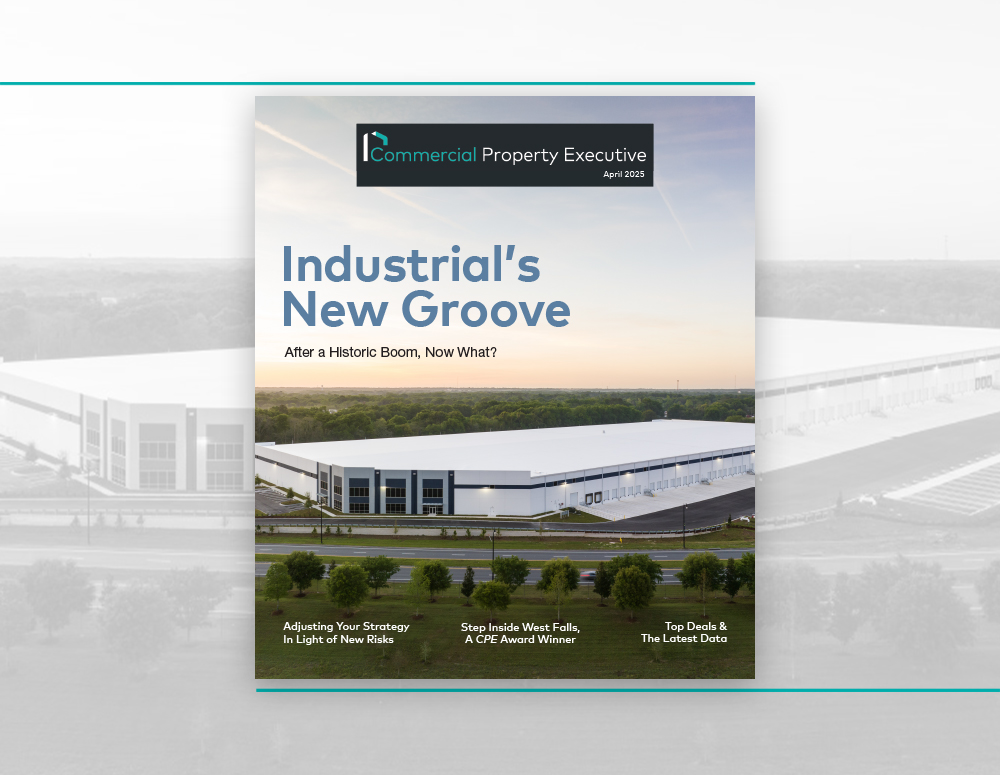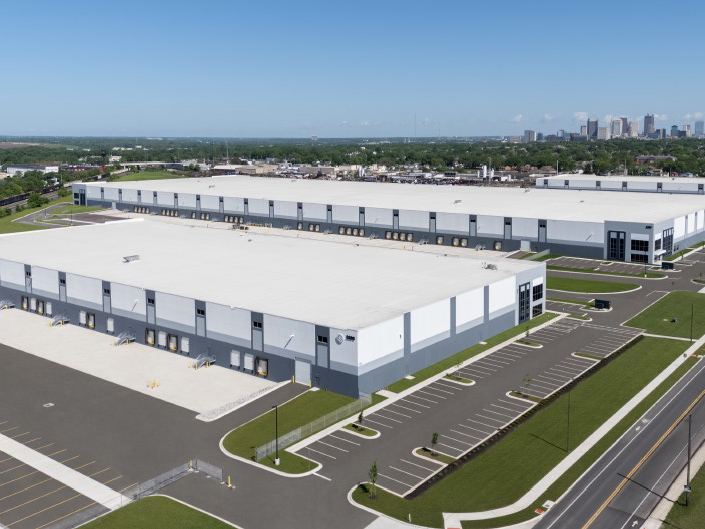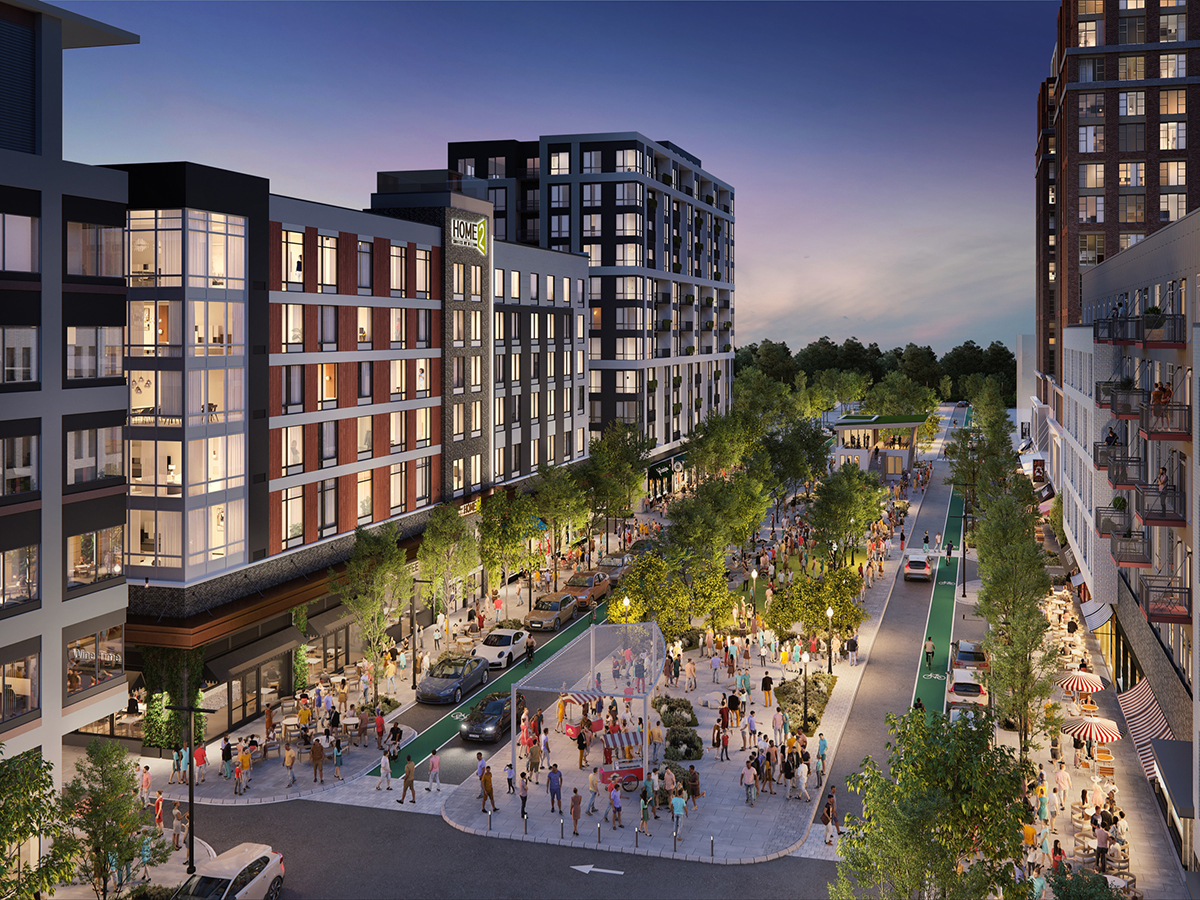Why Net Lease Cap Rates Continue Rising
The Boulder Group's Randy Blankstein on how capital markets trends are vexing this property type.
Cap rates in the single-tenant net lease sector increased for the sixth consecutive quarter within all three sectors in the third quarter of 2023 to 6.51 percent. Single-tenant cap rates increased to 6.27 percent (+10 bps) for retail, 7. percent (+14 bps) for office and 6.96% (+16 bps) for industrial in the third quarter. The consistent rise in interest rates continues to be the primary driver for the upward pressure on cap rates. Over the course of the third quarter, the 10-year Treasury peaked at 4.68 percent, which is almost 100 bps higher than the lowest level of 3.73 percent during the same time period.
The persistent rise in interest rates further amplified the pricing dislocation in the net lease market between buyers and sellers. As the gap between buyers and sellers remains consistent, properties are sitting on the market longer. In the third quarter of 2023, the marketing time of net lease properties grew when compared to the prior year by 25 percent to more than eight months. Furthermore, the supply of net lease product on the market increased by approximately 10 percent.
Supply and demand
As the supply of net lease properties increased, the buyer pool for net lease properties decreased. Across all commercial real estate asset classes, sale transactions decreased by more than 50 percent through the first three quarters. Accordingly, the amount of 1031 exchange buyers in the market remains limited. 1031 exchange buyers historically made up a large segment of the buyers of properties below $10 million. With limited 1031 buyers, sellers turned to institutional and REIT buyers. However, increased cost of capital and limited competition pushed cap rates higher for both REITs and private buyers.
Traditionally, the fourth quarter of the year represents greater transaction volume than other individual quarters as funds are looking to fill yearly allocations. However, with many institutional and REIT buyers achieving their target allocations early, the expectation is for a slower than normal quarter. With interest rates and cost of capital at the forefront of investors’ minds, the focus will be on the upcoming Federal Reserve meetings. All cash and 1031 buyers, while limited, will look to take advantage of the increased property supply in order to buy assets at higher cap rates. Ultra-low cap rate assets will be concentrated in properties with “one-of-a-kind” attributes in top markets with long-term leases and strong tenants.
Randy Blankstein president of net lease advisory firm The Boulder Group.








You must be logged in to post a comment.